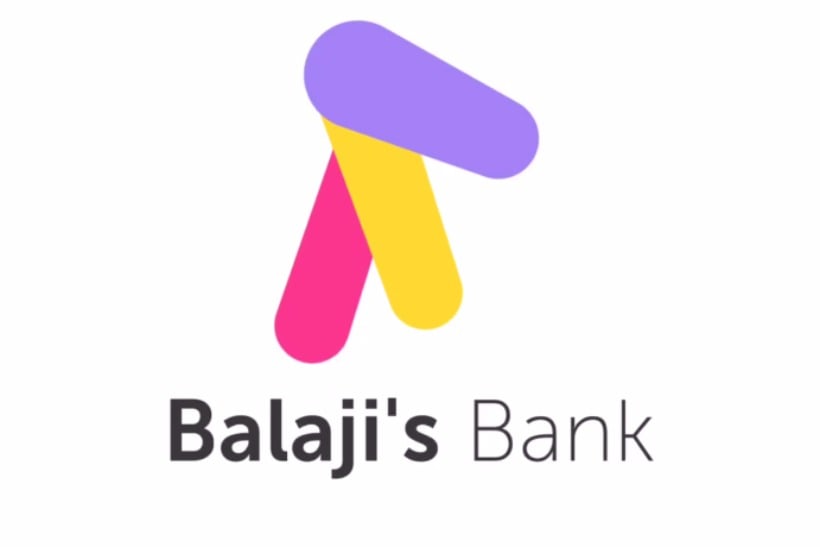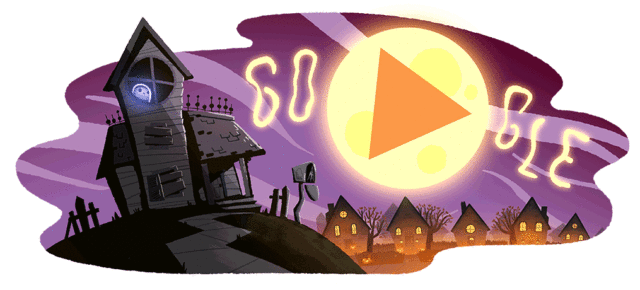Table of Contents
Experience, experience, experience.
As I made clear in my latest book, dedicated to memorable customer experience (CX) design, a lot has been said about the experience of late. And sometimes it can be exaggerated and over the top.
- Going to a restaurant and enjoying a meal is now called a food experience (fancy a nice glass of wine? That’ll be a wine experience).
- The pleasure of taking a trip now forms part of a satisfying travel experience.
- When a dealer adds some extras to a high-performance car, taking it for a ride immediately becomes a driving experience.
 The list could go on indefinitely: there’s the international hotel chain Radisson Blu that offers to organise experience meetings for its guests, and the cruise company MSC Cruises which, in 2016, alongside Technogym, launched a new wellness experience “to meet the growing demand for wellness tourism”. Finally, various shampoos and other cleaning products available on supermarket shelves boast that they contain silk or honey, which are often completely useless in terms of functionality, but adding hedonistic value.
The list could go on indefinitely: there’s the international hotel chain Radisson Blu that offers to organise experience meetings for its guests, and the cruise company MSC Cruises which, in 2016, alongside Technogym, launched a new wellness experience “to meet the growing demand for wellness tourism”. Finally, various shampoos and other cleaning products available on supermarket shelves boast that they contain silk or honey, which are often completely useless in terms of functionality, but adding hedonistic value.
Judging by the many examples, the idea of the experience seems to be crucially important for people, and therefore for brands and companies that are always looking for new ways to interact and communicate with the public.
Difficulties in managing customer experience…
However, this is where we run into a problem. While both sides consider it crucial to design and offer relevant and vivid experiences, in other words experiences that are effective, companies nevertheless remain unsure of how exactly to design and manage successful CX.
The results of a 2014 survey by Harvard Business Review Analytic Services, in collaboration with the SAS Institute, of 403 executives entitled Lessons From the Leading Edge of Customer Experience Management demonstrate this well. While 45% of respondents saw CX as a strategic priority, the same percentage (!) found it difficult to link the investments made in designing, implementing and optimising CX with the returns on investment in business terms, predominantly due to difficulties in integrating different company systems and the complexity generated by the multichannel environment and by organisational structures not always able to successfully internalise and channel insights from the external market.
… lead to ‘syntactical’ difficulties between CX and creativity
This underlying misalignment produces a potentially very dangerous negative effect: it promotes, or even generates, the perception that the customer experience is nothing more than an aesthetic, artistic and creative gesture, often seen as ‘only’ relating to graphic design. CX is therefore equated with restyling the corporate website (not enough, no matter how beautiful and enticing it may be), with organising a fruitful corporate event that ensures guests are actively involved, and developing a successful rebranding project (following the best guidelines and brand manuals from market leaders).
The reality, however, is different and highly complex, sometimes even paradoxical: the classic definition of customer experience involves a combination of all these experiences, and much more besides – consider, for example, after-sales customer care or referrals generated by a satisfied client. It is a genuine paradigm, which contains within it various perspectives, frameworks and methodologies.
However, this is where the magic I mentioned in the subtitle to this article comes into play: digital media and technological innovation have allowed the creation of digital artefacts that perfectly combine a creative touch with awareness of the customer experience.
To better explain what I mean, here are, in my view, two textbook case studies: Atom Bank and Google.
Case study #1. Atom Bank: a welcoming logo
 Atom Bank is an example I like to bring up in my lectures and in discussions with clients and partners: the first mobile-only bank (yes, you read that correctly – mobile-ONLY!). Using biometrics, the British financial institution manages to maintain excellent levels of security, allowing its customers to perform all the transactions they need exclusively via smartphone or tablet. This saves a lot of money by obviating the need to set up and run a network of branches and brokers, and these savings are passed on to customers.
Atom Bank is an example I like to bring up in my lectures and in discussions with clients and partners: the first mobile-only bank (yes, you read that correctly – mobile-ONLY!). Using biometrics, the British financial institution manages to maintain excellent levels of security, allowing its customers to perform all the transactions they need exclusively via smartphone or tablet. This saves a lot of money by obviating the need to set up and run a network of branches and brokers, and these savings are passed on to customers.
But Atom Bank does not only delight its customers with cutting-edge technology and the opportunity to save both time and money. The three ‘lozenges’ that make up the logo can be customised by the bank’s clients, with the option to choose different shapes and colours for each of the three bars.
https://youtu.be/HRNuGwIv-C0
A nice way to underscore the company’s mantra that “every customer is unique”, don’t you think?
Case study #2. Doodles, Google’s way of remaining in touch with your daily life
Hands up if you’ve never heard of Google Doodles! They are temporary changes made to the Google logo on the search engine’s homepage to mark specific festivals or anniversaries, both national and international.
 For example, for Halloween 2017, Google customised its logo and directed users through it to a dedicated landing page.
For example, for Halloween 2017, Google customised its logo and directed users through it to a dedicated landing page.
When they clicked on it, web users were shown a short animation, through which the Big G once again sought to highlight the importance of love and friendship that transcend stereotypes.
Again, starting from just a logo, Google Doodles have moved the conversation forward on customer experience, creating at least three marketing and branding benefits in the process:
1. Using play to overcome people’s natural indifference towards companies and brands. We have been talking about relationship marketing for at least twenty years, content marketing for at least ten, and gamification and game design for least five: what better way to go from words to action than a little game that unites the various parties?
2. Communicating the vision and values of the brand: as I’m sure you know, a brand is not merely an end in itself. If well-designed, it can become a container for the thoughts, desired actions and good ideas of the organisation behind it. With its Doodles, Google is not just playing with its web users. On the contrary, it is making the most of their attention to communicate positive messages, to inform them, and to let them know how the brand wants to change the world. In the case of Halloween, this is through friendship and love.
3. Increasing the time people spend using the brand’s assets. Personally, I spent at least five minutes on the journey from clicking on the interactive logo to watching the entire Halloween 2017 clip. If that journey had not been designed, my interest in the Big G’s brand image on Halloween would probably have been over in a few seconds.
Conclusions. Creativity vs. customer experience: spot the difference!
We live in an era of content chaos and bombardment from multi-sensory stimuli (visual, textual and so on). In this environment, managing to stand out and become relevant is crucial. Ah yes, relevance: the magic word to end any discussion on creativity. Because creativity becomes relevant if, and only if, it touches people’s lives, stirs their soul, and rouses them to action. For many companies, big or small, developing the customer experience may still be a long way off, but you have to start somewhere.
Here’s my advice: start with creativity, focus on relevance, and finally move towards CX.

